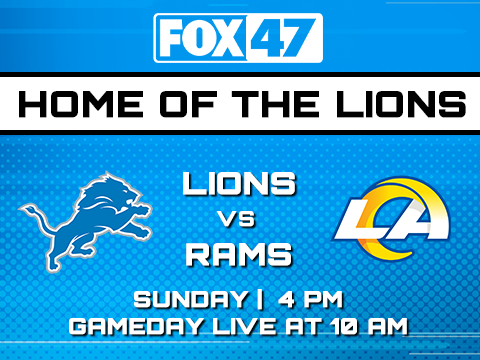New voting machines allow the disabled community to cast their vote privately and independently.
“It’s important that every registered voter can exercise their right to vote. I encourage persons who are blind and visually impaired to cast their ballot this election season,” said BSBP Director William Robinson. “I also would like to thank the Secretary of State and local clerks for the accommodations available for all voters.”
A demonstration took place on Friday to show the new ways that these machines can assist people with all types of disabilities.
The ballots will be the same as every other Michigan voter.
“Michigan has made a strong commitment to empowering all citizens to cast a ballot independently and privately,” Secretary of State Ruth Johnson said. “I thank all the clerks across the state for the work they do to help ensure polling places are fully accessible for voters with disabilities.”
The new machines have been developed with the following benefits:
• Detachable devices for voters to make selections more easily.
• Better touchscreen displays that are more readable with higher contrast viewing possible.
• Continual work by the device manufacturers, as part of their contract with the state, to improve the devices for voters with input from the Bureau of Elections and disability advocacy groups.
“With the help of new voter-assisted terminals, differently-abled Michiganders will enjoy their right to express their preference for leaders locally, statewide and nationally,” said Kim Woolridge, interim director of the State ADA Compliance Division of MDCR. “People with disabilities have told me that this technology is life-changing and positive. VAT represents a turning point in making voting more accessible for citizens of all abilities.”
Special accommodations have been made for those with hearing, visual, physical or other disabilities.
Scott Norris, who is legally blind, demonstrated how the terminal marks the voter's selections on paper that becomes their ballot. Voters can select their choices using a touch screen. Personal adaptives may also be used to assist voters in making their selections. The completed ballot is then fed into a tabulator, which scans and records and counts the votes like all other ballots.
Voters with disabilities are encouraged to contact their local clerk for available resources to become familiar with the new terminals.

